
Finding a university program you'll love. Plus tips for applying to university – and to Waterloo.
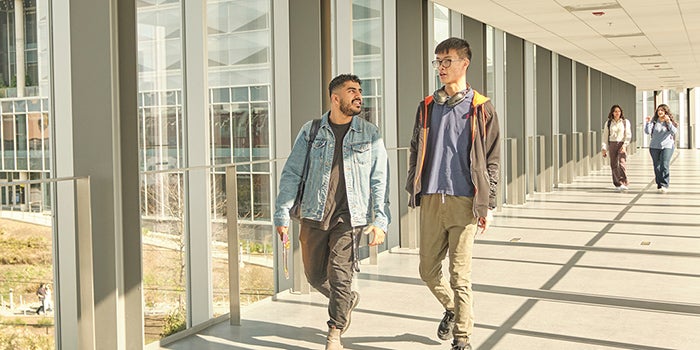
How to find the university that's right for you
Take it from us as we share some key tips as you start the search for your dream school.
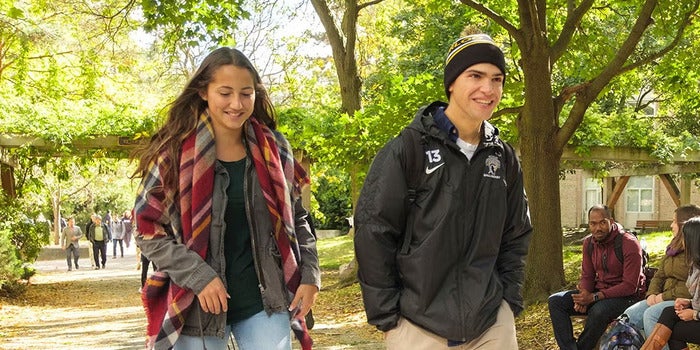
Nine factors to consider when choosing a university
Not sure how to decide which university is the right fit for you? Here are some tips to help you make your decision.

Co-op vs regular: finding the perfect path for you
Both co-op and regular stream will provide you with unique opportunities to develop as both a student and as a professional – it’s up to you to decide which option to take advantage of.
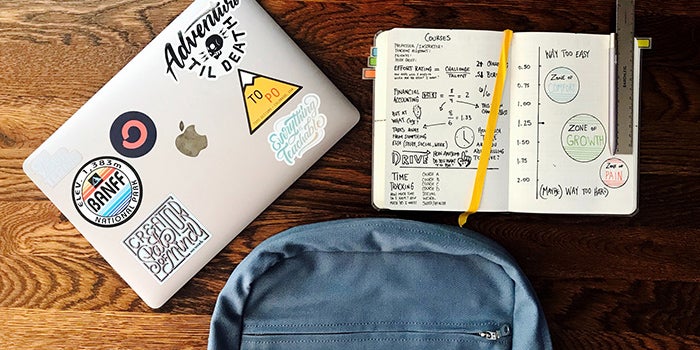
How to choose a university program
Choosing a university program can be a daunting task. Let us help you out with a list of factors to consider when making this decision.
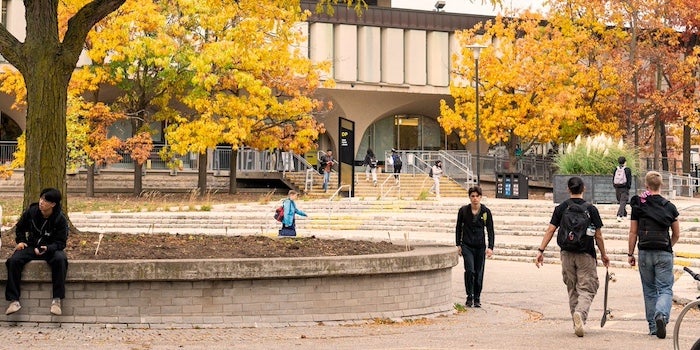
What is an honours degree?
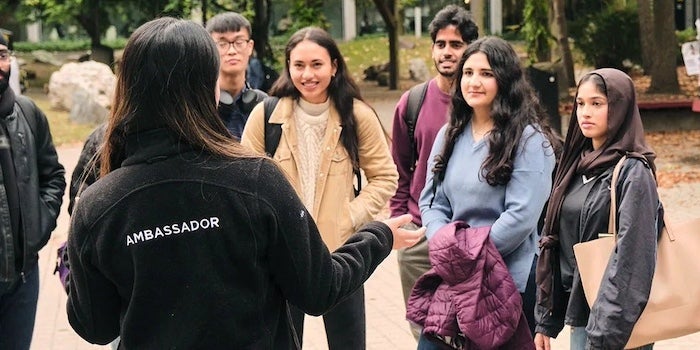
Questions to ask on a campus tour
Do you have a campus tour coming up? Here's how you can make the most of it with questions that will actually help.
More articles
Applying to Waterloo
- Attending university in Canada: a guide for international students
- Have you heard of the Bridge to Academic Success in English (BASE) program?
- What makes Waterloo different?
- Why you should choose Waterloo over your other options
- The benefits of living on campus
- Ten reasons to join a University College
- Going beyond applications: the video interview
- Tips for admission to Waterloo Engineering
- Tips for your Engineering AIF
- Everything you need to know about Waterloo's Admission Information Form (AIF)
- How to apply to a recreation major
- How to make your Kinesiology degree your own
Choosing a university
- Seven differences between high school and university
- What I wish I knew before applying to university
- A guide to living off campus
- 12 questions to ask before you apply to university
- How to study multiple interests at university
- Pros and cons of living on and off campus
- Questions to ask at your next university fair
- What I wish I knew in first year
- Top 5 tips for campus tours
- 7 common misconceptions about university
Choosing what to study
- Should you specialize or keep your studies broad?
- Changing your mind on what to study
- Six Waterloo degrees to get you ready for the future of work
- Choose electives you are passionate about!
- What to do when you can't decide
- Arts First: the most important courses you'll take
- Why I'm studying Business at Waterloo
- Why I'm studying Engineering at Waterloo
- Why I'm studying Science at Waterloo
- Why I'm studying Mathematics at Waterloo
- Political science explained
- What is a Bachelor of Business Administration (BBA) degree?
- What is gender studies?
- What is biology?
- What is biomechanics and why should you study it?
- Taking a kinesiology lab tour?
- Waterloo's most underrated programs
- Seven ways to know if Recreation at Waterloo is for you
- The world is your classroom
- What is data science?
Choosing a program in Waterloo's faculties
Want more Missing Manual content?
All Missing Manual categories

Applying to university
Finding a university program you'll love. Plus tips for applying to university.

High school success
Making the most of your high school experience from students who know what it takes.





